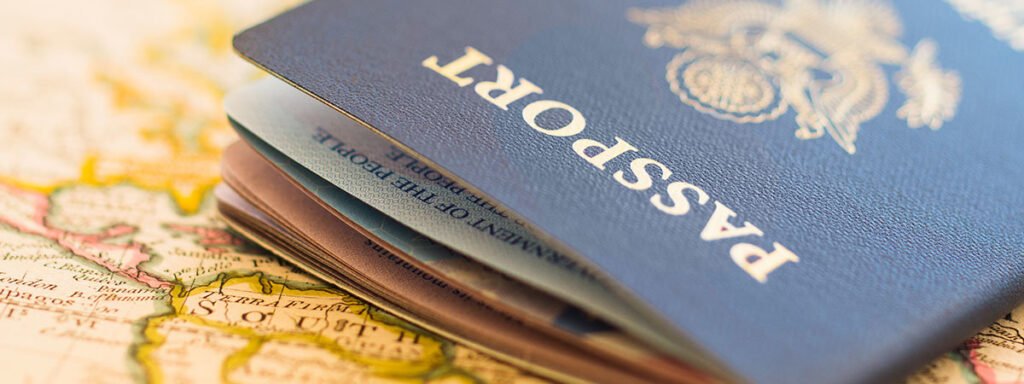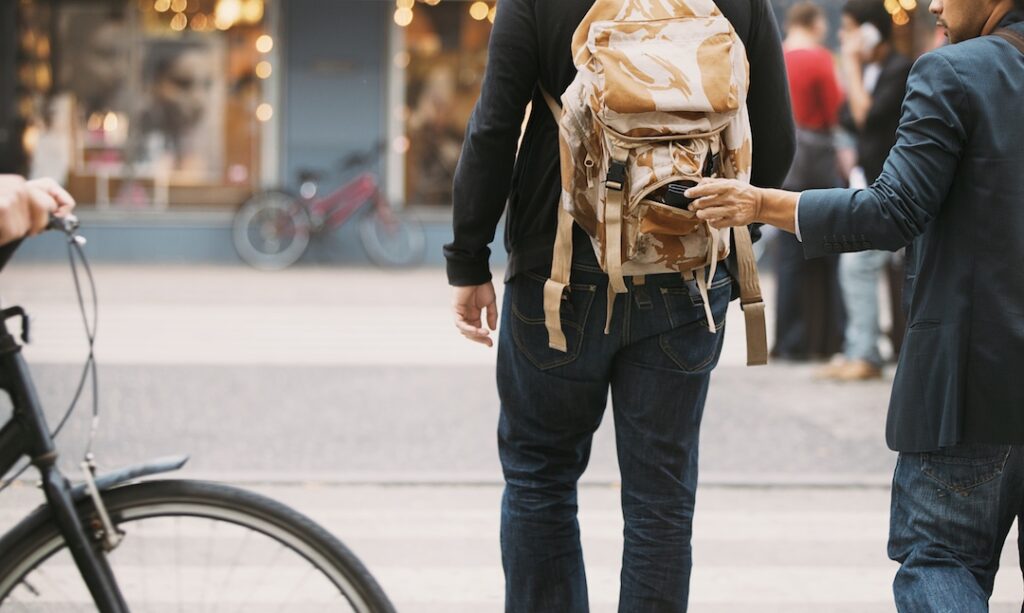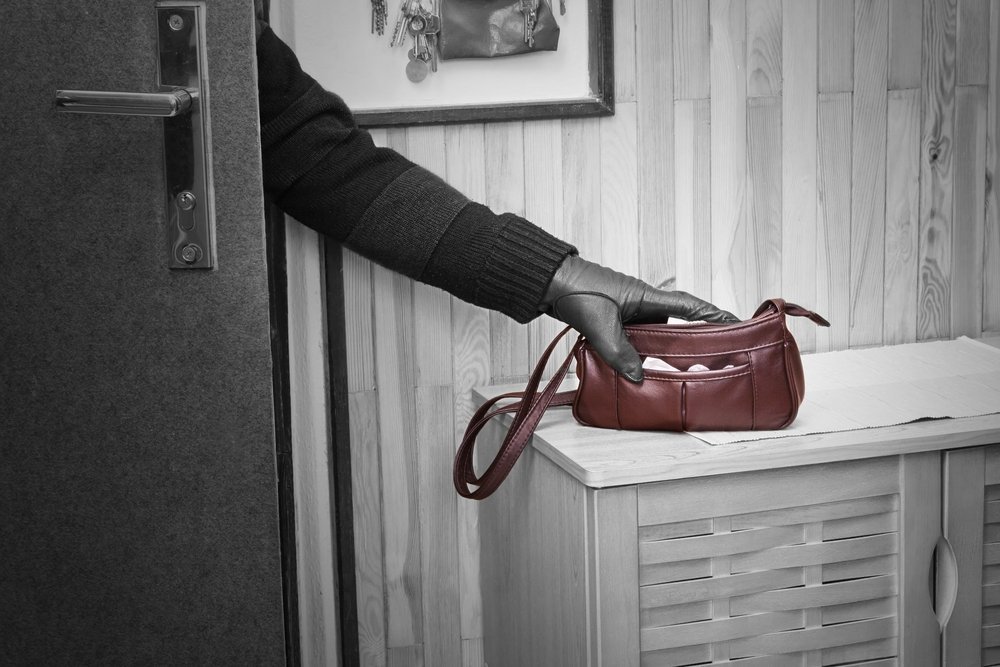Travel Safety and Security Tips
Travel Safety and Security Tips
Traveling is fun and exciting to say the least and its easy to get caught up in the planning of it all. It’s also important to think about your security and safety on your trip. Whether you get sick or fall prey to pickpockets, anything can happen on your travels – but you can prepare by staying informed and trusting your instincts and following some basic rules. If you’re wondering how to stay safe, follow our top travel safety and security tips, and make your next trip and all those after it fun, excituing and unforgettable.
Check The State Department Website
The U.S. Department of State has a travel advisory page for every country in the world, where it lists all known difficulties and current threats to the safety of visitors.
However, know it’s the State Department’s job to warn you about everything that could go wrong, but probably not likely to go wrong.
This means their advice is generally on the hyper-cautious side. So its best after you read what the State Department has to say then do your own research.
- For instance there is currenlty a travel advisory for Jamaica. But if you research it further its due to increased gang violence in Kingston and not in the tourist areas.
- The same could be said for most American Cities as well but the State Department is not going to issue a Travel Advisory for New York or Chicago so its up to you to research what areas to stay away from during your travels.
Register With Your Embassy
The Smart Traveler Enrollment Program, from the U.S. Department of State, is designed to make a destination’s local embassy aware of your arrival and keep you constantly updated with the latest safety information.
Canada has it’s own version, called Registration Of Canadians Abroad.
That way if an emergency happens, like a natural disaster or terrorist attack, the local embassy can get a hold of you quickly to share important information or help with evacuation.
Email Your Itinerary To Friends/Family
Once you’ve worked out where you’re going and when, make sure someone else knows too.
The best way is to email the full itinerary to a few family members. Probably a good idea to give them a heads up that you emailed your itinerary to them.
Before I travel anywhere, I make sure my Dad and brother know where I’m going, what my general plans are, and when I should be back.
That way, if they don’t hear from me for a few days after I’m supposed to return, they can help notify the proper local authorities, the embassy, etc.
Write Down Emergency Info
If disaster strikes, you might not have time to search for numbers for local police or ambulance services, or directions to the nearest embassy, even your hotel. You may also be too stressed and panicky to think straight.
Don’t put yourself in that position. Instead, record that information in advance. Save it on your phone somewhere or I like to email it to myself and send it over to my brother along with my travel itinerary.
Think about an Emergency Plan if something does go wrong and what if your seperated from the rest of your party. Do you have a meeting location in mind ? Of course your hotel is the logical choice but what if you cant make it back to the hotel do you have a secondary location? Its a good idea your kids are prepared slide a card in there pockets with names and phone numbers listed on it just in case.
Travel Insurance
You never think you need Travel Insurance, until you do. If you’re really worried about the safety of yourself and your gear while you travel, you can almost completely relax if you have some good insurance.
Everyone should carry some kind of health and property insurance when traveling. Whether you think it will or not. It doesn’t matter how careful you think you are.
Extra Safety is Worth the Cost
If you’re traveling as a budget it can be tempting to save as much money as possible with the cheapest accommodation, the cheapest flights, the cheapest activities.
But this isn’t always the safest way to travel.
Ultra cheap hostels aren’t always the safest places. Some are basicly a small step up from a homeless shelter full of drug addicts, seedy people and no security.
If your taking a budget flight just watch what time they arrive at your destination. If its in the middle of the night thats not the best time to be hailing down a cab in a dangerous city.
Sometimes it’s worth the extra money to splurge on a slightly better hotel, a more convenient flight, or a look for a tour operator with a strong safety record.
Tell Your Bank Where You’re Going
I think nowadays most people know to do this. I have had my bank lock my account just traveling to Florida.
The solution is simple. Most online banking services have a facility for letting the bank or credit card provider know about your upcoming travels. Make sure you use it, shortly before leaving – and keep them in the loop if your travel plans change.
I also recommend using your debit card at the airport ATM machine as soon as you arrive in a new country, as this also helps let the bank know you’re traveling.
Hide Emergency Cash
While it’s good to do everything you can to prevent worst case scenarios – it’s equally smart to assume it’ll happen and plan ahead for it. This is the thinking behind having an emergency stash of funds, stored in a safe place.
How much emergency cash? This will be personal preference, maybe $200 spread out in 2 different places along with a backup credit card is a good idea. You can get creative as to where to hide it. Bottom of deadorant stick, handle of a brush etc. This cool water bottle is a great idea with its false bottom.
Now if things got really dire, and everything’s gone, you can also have a friend or family member wire you some money via a Western Union or Moneygram transfer.
Hopefully it will never come to that. But these things do happen occasionally, and it’s better to practice safe travel techniques than to remain ignorant about the possibility.
Always be cautious at ATMs
You probably been told to cover your hand when keying in your PIN number at an ATM. That’s good advice worth following, both for others looking over your shoulder, as well as hidden cameras trying to record your pin.
Always take a close look at ATM machines before you use them. Pull on the card reader a bit. Does it have any questionable signs of tampering? If so, go into the bank and get someone to come out and check it (and then use another machine, regardless of what happens).
If an ATM machine appears to have eaten your card, run a finger along the card slot to see if you feel anything protruding. The “Lebanese Loop” is a trick where a thin plastic sleeve captures your card then as soon as you walk away, a thief yanks it out and runs off with your card.
If so, use another ATM elsewhere. Better safe than sorry! Never let anyone “help” you with your transaction either.
Pick Pockets
#1 Rule – Stop using your back pockets !
Your back pockets are the first place any pickpocket will check. The best way to deal with having a back pocket is to never use it.
Your front pockets are a lot harder to steal from without being noticed.
If you’re REALLY worried, or plan to travel to a city where pickpockets run rampant, you can wear a money belt. I dont like them but they work.
Project Situational Awareness
Did you know that a majority of human communication is based on non-verbal body language? This projection of confidence can prevent you from becoming a target.
Keep your head up, stay alert, and aware of you’re surroundings. You want to project confidence and awarness, potential attackers can sense it through your body language and eye contact. I have actually talked to theives and asked them myself how do you know who to target. They always say its people not paying attention.
Most will choose to move on and find an easier target.
In many places, making direct eye contact with potential threats can help ward off an attack, ensuring they notice you see them and what they may be planning. Yet in other parts of the world, too much eye contact might invite trouble. What I have learned to do it look everyone in the eyes smile and nod then go on your way. That way its a freindly nod lets them know you see them and you avoid an awkward staring contest with a stranger.
When you walk make sure its with a purpose, and don’t look worried, lost, or scared. (Even if you are, just fake it)
Be Aware Of Your Clothing
When it comes to travel, the wrong clothes scream “TOURIST” and make you a target for scammers, thieves and worse.
Wearing the right clothes is a sign of respect. Many Islamic countries have specific dress code guidelines that are often strictly enforced – and other destinations have laws that may catch you out (for example, walking topless through the streets of Barcelona is illegal for both sexes).
However, it’s possible to stay within the law and still offend locals with what you’re wearing – generating a lot of hostility towards you in the process. Ignoring local customs can come across as both arrogant and ignorant.
Don’t Do Stupid Things For Photos
In the age of Instagram & TikTok, it often feels like tourists are engaging in increasingly riskier activities just for likes on social media. Every week now you hear about people falling off cliffs or being attack by an animal because they were trying to grab that selfie photo.
Know your personal limits! Don’t do stupid things that have a high potential to get you hurt or killed. I’ll admit I enjoy a bit of risk now and then, but I try to be smart about it.
Also be careful if someone asks to take your picture. Handing your phone or camera to a stranger in a strange land could be the last time you ever see it again.
Lock Up Your Valuables
Putting aside the fact that traveling with anything super valuable is usually a bad idea, there will always be something you absolutely cannot afford to have stolen. Maybe purchase a travel wedding ring set and leave that 3 carrot diamond at home.
Firstly, know that most aren’t very secure. It’s easy to feel that a zipped, even locked bag is a sufficient deterrent to any thief, and doze off next to it. Waking up to find someone’s slashed a hole in the side!
Unless it’s a Anti-Theft Backpack, the material can be cut or torn by anyone determined enough. Many zippers can be forced open with sharp objects like a pen.
Always be aware of your valuables, and try to keep an eye on them or attach it to something secure with something like a thin luggage cable like this.
Common travel scams
Almost everywhere you travel, you’ll find local con-artists who are ready to scam you out of your cash. A quick Google search will let you know what the local scammers are up to in your destination, and how to avoid them.
No one thinks they’ll fall for a scam but it can happen, so it’s best to be prepared. Some common scams include the broken taxi meter, the free bracelet, the group photo offer, the overbooked hotel, motorbike rental damage, fake tickets, or using children to distract you.
Here is a small sample of a few of the most popular scams:
Scam 1: “What Time Is it?” This has gotten me several times. It’s such a reflex to be friendly and stop to answer this innocent question, but it’s nearly always a trap.
What to Do: Just keep walking. The scammer’s asking of the time in English confirms to them that you’re a traveler. You can pretend like you don’t understand or don’t hear the person, or you can give the time as you walk or say
Scam 2: The Bracelet/Trinket. Typically encountered at tourist destinations in busy European cities, a usually English-speaking man comes up to you and immediately begins tying a bracelet onto your wrist, explaining that he’s welcoming you to the country or that it’s a sign of friendship. Once knotted and not easily removable, his friendly demeanor becomes increasingly aggressive as he demands payment. This can also be done with something simple as person handing you a rose under the Eifel Towe or a hat in Washington DC. Once the item is in your hand they demand payment and will not take “No” for an answer.
What to Do: No one anywhere should ever touch you without your consent. Don’t hesitate to pull your hand back and firmly say “No, thank you” and never take the item from them unless you intend to pay for it.
Scam 3: “The Attraction Is Closed.” A “helpful” taxi driver or passerby informs you that the attraction you’re heading to is closed at the time, but that he’d be more than happy to take you to another attraction or somewhere else to bide the time until it opens.
What to Do: Always verify opening hours before leaving for your destination, and polity refuse to be lead anywhere else. If your taxi driver informs you that your destination is closed but offers to take you somewhere else, decline by saying you need to contact your friends that you’re meeting or some other excuse and get out of the cab.
Scam 4: “Ticket Machine Doesn’t Accept Your Credit Card.” You’re getting ready to use an automated ticket machine when a helpful, English-speaking man informs you that the machine doesn’t accept “foreign” credit cards. He’d be happy to take your cash, though, and purchase the tickets on his local credit card.
What to Do: While some automated ticketing machines can be confusing and help may be welcome, rest assured your credit card is most likely accepted. It’s not uncommon for locals to help visitors purchase tickets, but money and credit cards should never be exchanged.
Scam 5: “Let Me Take Your Picture.” A classic scam (or robbery, really), a nice person asks if you’d like him to take your photo in front of an attraction. Sick of selfies, you say sure, hand over your phone or camera…and they run off.
What to Do: Offering to take photos of strangers has become a wonderful way to show good will when traveling, but also prime territory for thieves.






